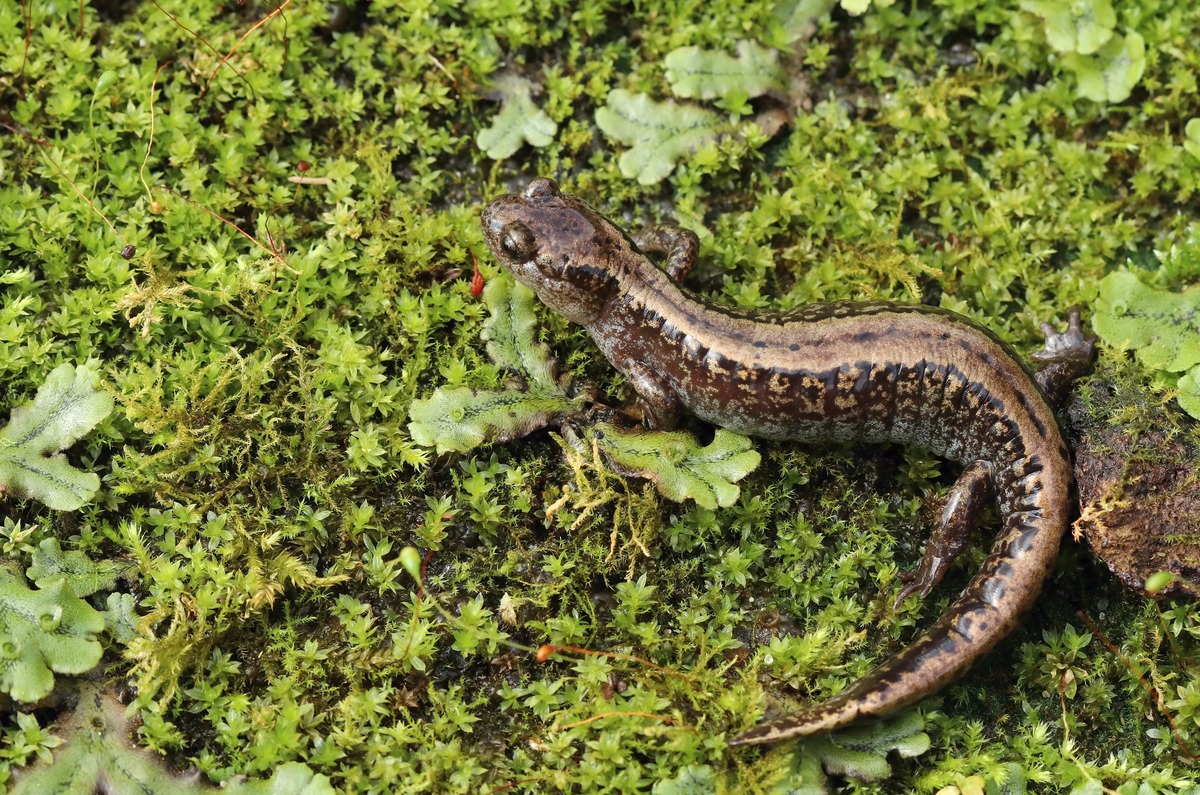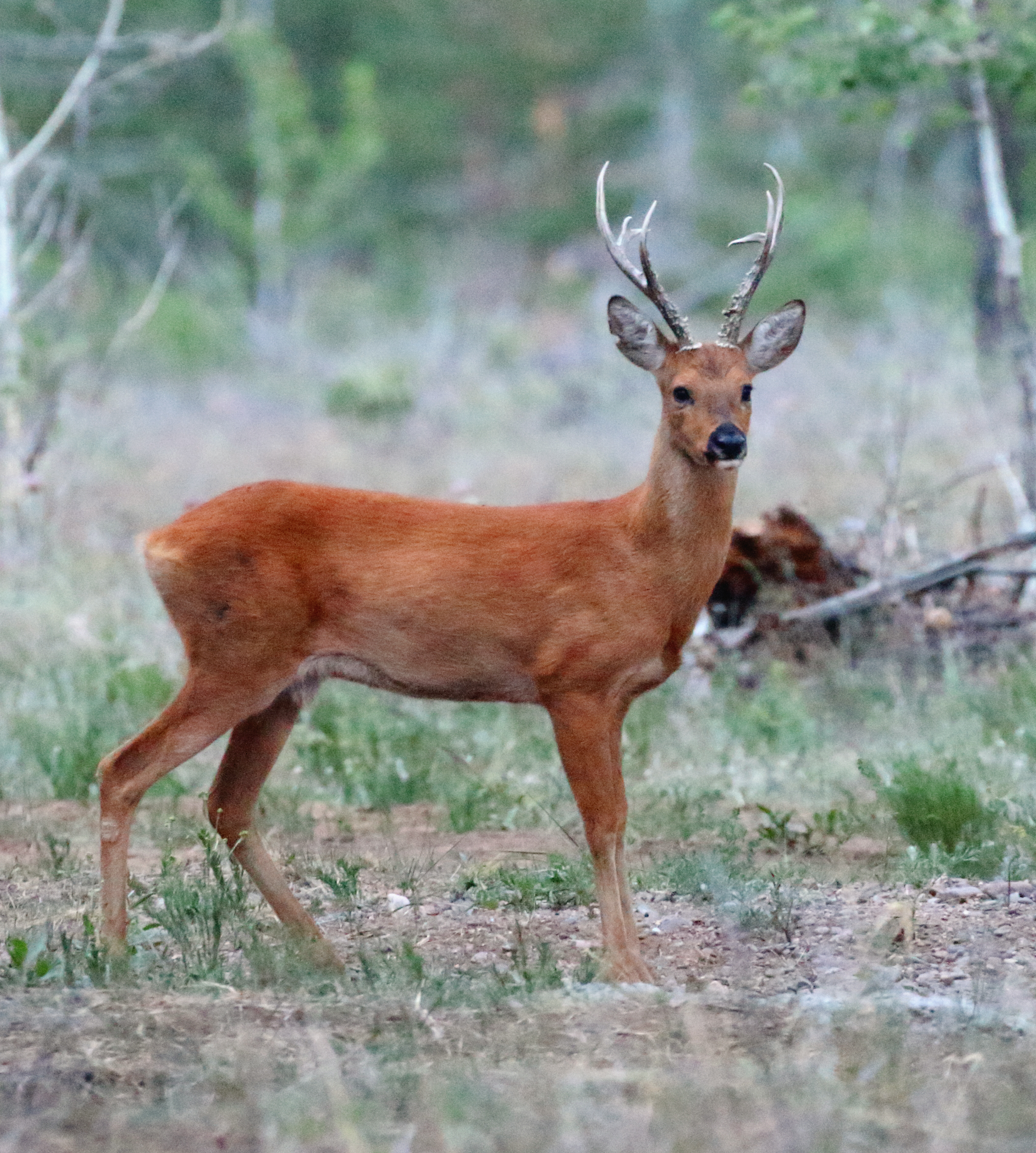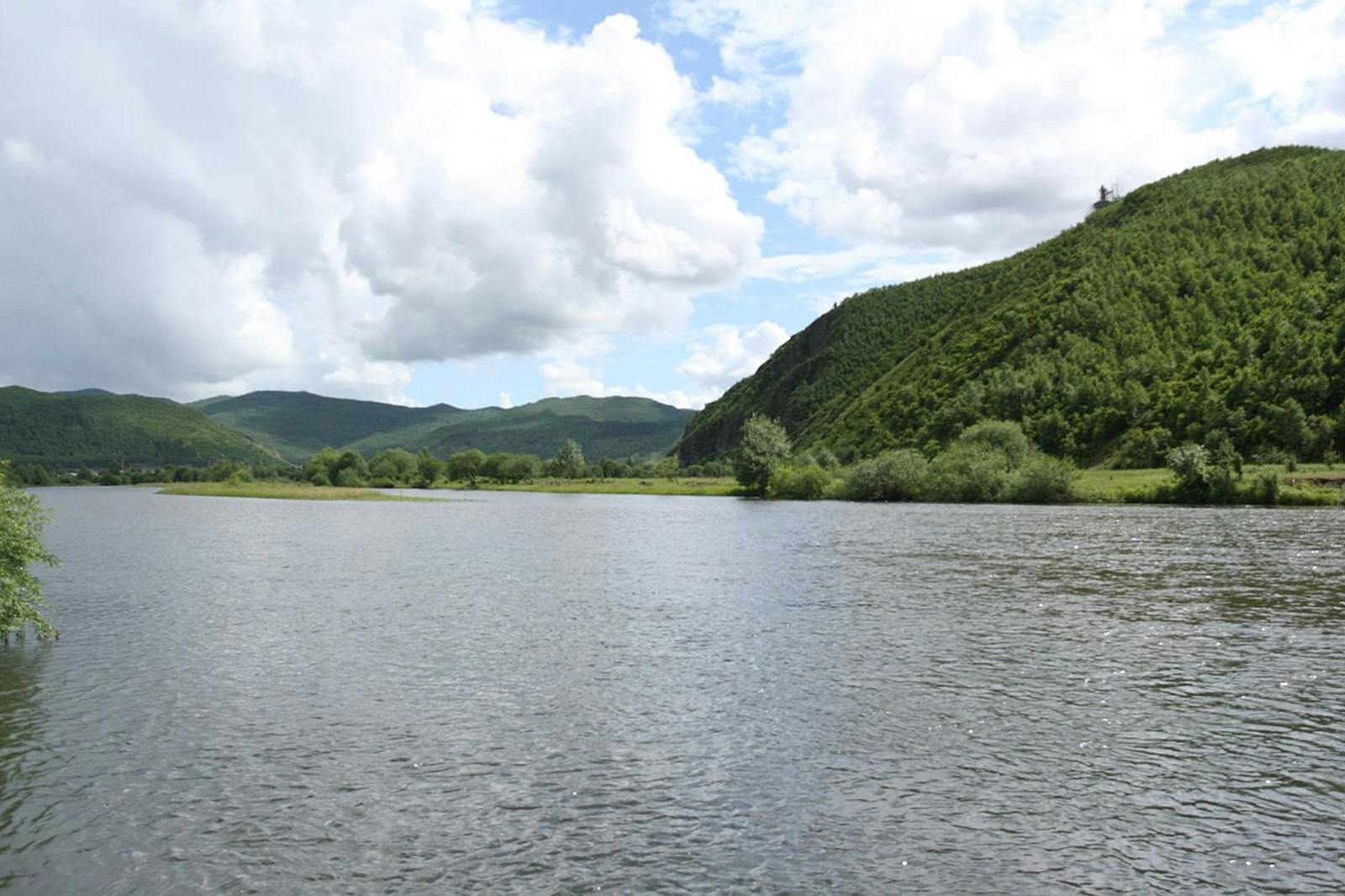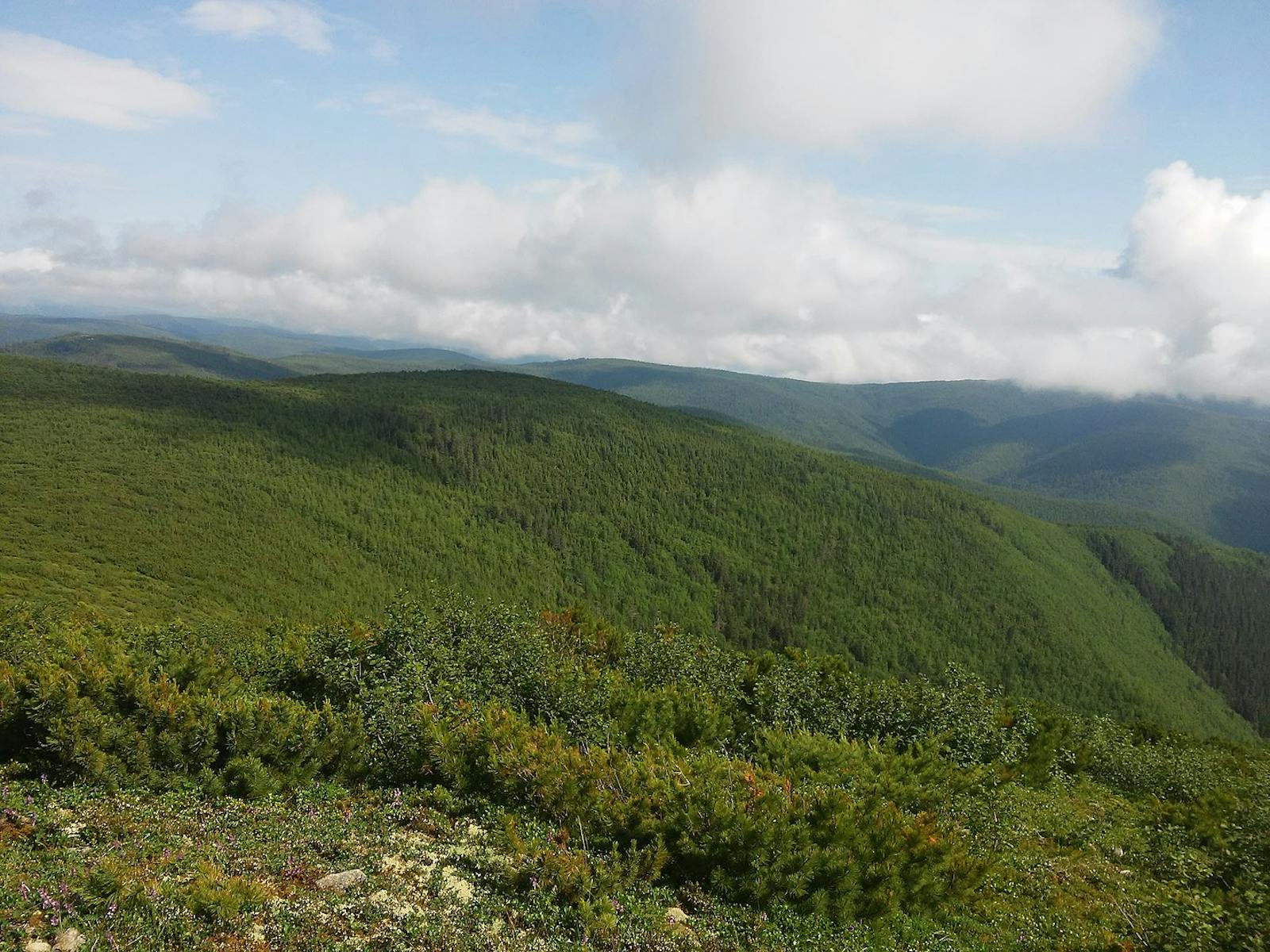Da Hinggan-Dzhagdy Mountains Conifer Forests
The ecoregion’s land area is provided in units of 1,000 hectares. The conservation target is the Global Safety Net (GSN1) area for the given ecoregion. The protection level indicates the percentage of the GSN goal that is currently protected on a scale of 0-10. N/A means data is not available at this time.
Bioregion: Dzhagdy Mountain Conifer Forests (PA45)
Realm: Eastern Eurasia
Ecoregion Size (1000 ha):
24,888
Ecoregion ID:
693
Conservation Target:
23%
Protection Level:
4
States: China, Russia
Low mountains that surround the inland plains of Manchuria still sustain large tracts of natural forest, among only a few such places that remain in China. The ecoregion is known for its unique "Daurian flora", which is transient between Siberian and Manchurian floras. Western interior reaches of the Da Hinggan (Khingan) mountain range of Chinese Inner Mongolia extend north to merge with the Dzhagdy Mountains of Russia, an eastern extension of the great Altai mountain system. While it is extensive, the habitat is also vulnerable. In 1987 loggers ignited wildfires that consumed 25% of the forest in this ecoregion.

The flagship species of the Da Hinggan-Dzhagdy Mountains Conifer Forests ecoregion is the Siberian Salamander. Image credit: Creative Commons
Here, cool temperate forests occur above 500 m elevation where the frost free growing season lasts only three months and winter temperatures drop to -50°C. Permafrost affects the coldest places, impeding drainage so that during summer the surface soils become saturated, low in oxygen, and acidic, a suite of environmental conditions that favors specially adapted plant species. Most of the annual precipitation of 350 mm occurs during summer.
Dahurian larch is the most abundant conifer species in this ecoregion, occupying more than 50% of the total forest area. Like other larch species, this winter deciduous conifer turns golden-yellow and drops its needles in the fall. Larch probably evolved in polar forests, a vanished ecoregion that existed more than 50 million years ago when atmospheric carbon dioxide levels were more than twice today’s values, and the temperature gradient from Equator to Poles was much less than today. Five months of darkness must have been a strong evolutionary selector for deciduous habit.
Today Dahurian larch exploit disturbed sites and survive in places too dry or too poorly drained for other conifers. Mature stands have a dense canopy and produce copious leaf litter that disintegrates poorly in the cold climate. The understory habitat in such forests is not amicable to the seedlings of other tree species, so monospecific stands of larch persist until there is some sort of disturbance, usually a fire brought on by drought conditions. Once the larch forest has burned, other colonizing species, mostly deciduous broadleaf trees such as birch, poplar and oak form a secondary, early-successional forest. As these stands mature, their shaded understory facilitates the gradual re-establishment of Dahurian larch.
The Hanma Biosphere Reserve in this ecoregion contains one of the best preserved temperate conifer forests in China: over 2,000 km2 of wetland habitat with rivers, lakes, bogs of Sphagnum moss, and Dahurian larch swamp forest in low places. Evergreen conifer forests grow in better-drained upland areas. Hanma is also an important breeding ground in northeast China for migratory birds that use the East Asian-Australasian Flyway.
In addition to the mammals mentioned above, species of conservation significance include Siberian musk deer, sable, and Siberian salamander, which is one of the most cold-adapted salamanders, known to have survived, encased in permafrost, for years on end. The moose population in Hanma is uncertain, but six individuals were photographed in 2016. The eastern part of this ecoregion includes potential habitat for Siberian Tiger, based on estimates of its range during the late 19th Century.

Siberian roe deer. Image credit: Andrey Giljov, Creative Commons
The ecoregion also represents the southern limit for several mammals of the Palaearctic tundra, including wolverine, northern lynx, and the Amur moose, a putative subspecies that is morphologically distinct from other Asian moose by having a smaller stature and smaller antlers, relative to moose populations further north. Himalayan species like Asiatic black bear and goral also occur here. Rare birds include hazel grouse, a species once abundant in NE China, now greatly reduced due to hunting and habitat destruction.
Huzhong National Nature Reserve (1,940 km2) also holds extensive Dahurian larch forests and supports research into the succession and dynamics of this ecosystem. It is the only nature reserve in China’s taiga forest zone.
Because the population density of this area is low compared to other parts of China and the land is not productive for agriculture, land conversion is less prevalent than in many areas. Nevertheless, regulations to control hunting need to be enforced more effectively.
The priority conservation actions for the next decade are to: 1) control hunting and prevent poaching; 2) restore habitats to connect Hanma and Huzhong reserves; and 3) develop an effective fire management scheme.
Citations
-------. 2000. Da Hinggan-Dzhagdy Mountains conifer forests. https://www.worldwildlife.org/ecoregions/pa0505. Accessed April 2019.
Ramsar Sites Information Service. 2018. Inner Mongolia Grand Khingan Hanma Wetlands. https://rsis.ramsar.org/ris/2351 . Accessed April 12, 2019.
Shaer, M. 2015. Can the Siberian Tiger Make a Comeback? Smithsonian Magazine, Febrary 2015




